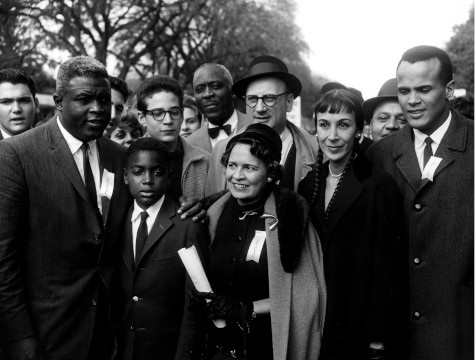
Jackie's Story
Jackie Robinson and the Youth March for Integrated Schools
10/21/2025
How did Jackie’s first major protest change the strategy and tactics of the Civil Rights Movement?
READ MOREPlan your visit or become a member today! Get your tickets for January Programs & Events!
Read the latest news, updates and stories from the Jackie Robinson Museum.

Jackie's Story
10/21/2025
How did Jackie’s first major protest change the strategy and tactics of the Civil Rights Movement?
READ MORE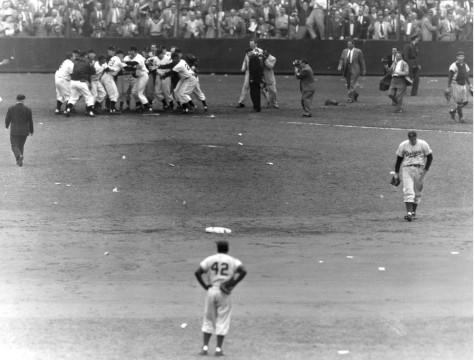
Jackie's Story
09/17/2025
In 1951, Dodger pitcher Ralph Branca gave up a season-ending home run to Bobby Thomson of the New York Giants. When teammate Jackie Robinson consoled him after the crushing defeat, it was the repayment of a long-owed debt.
READ MORE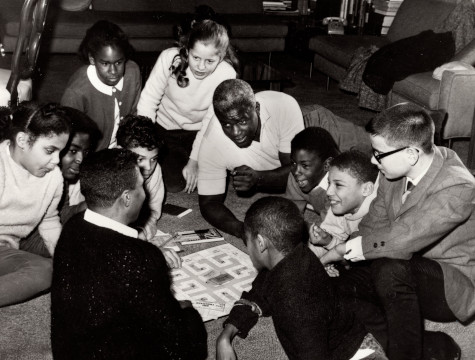
Jackie's Story
08/18/2025
The Robinson family moved to Stamford, Connecticut in 1954. As the children grew up, they bore the burden of being the first Black students in their suburban schools.
READ MORE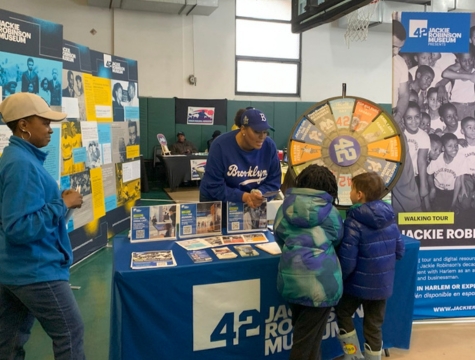
Programs & Events
07/25/2025
The Museum hit it out of the park with sharing Robinson’s legacy and building community through a variety of programs, including a number of JR Day festivities, INCLUDEnyc’s Outdoors for Autism, ACCESS JRM, and our Juneteenth celebration, An Afternoon of Jazz!
READ MORE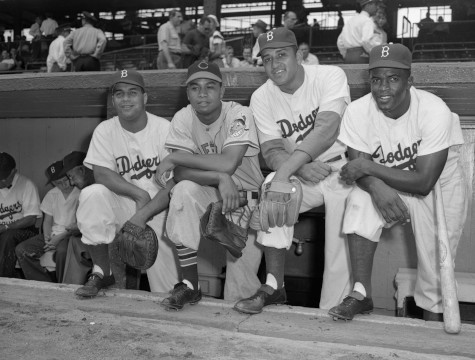
Jackie's Story
07/09/2025
Jackie Robinson’s flashy baserunning and nationwide popularity was backed up by solid play. Between 1949 and 1954, Jackie played in six All-Star Games, proving to the nation that he could compete with the best of the best.
READ MORE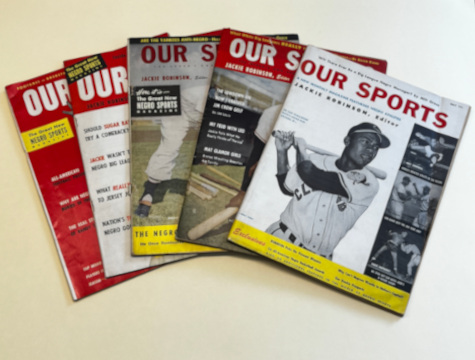
Jackie's Story
06/05/2025
In 1953, Jackie Robinson served as the editor of a short-lived magazine, Our Sports. He used this platform both to celebrate the successes of Black athletes and to fight against segregation in the world of sports.
READ MORE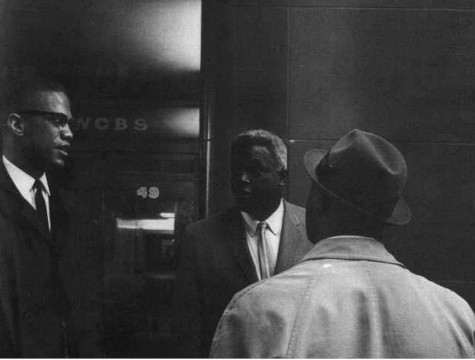
Jackie's Story
05/16/2025
Jackie Robinson and Malcolm X were towering figures in the struggle for racial justice, though they often had sharply different views and traded barbs publicly.
READ MORE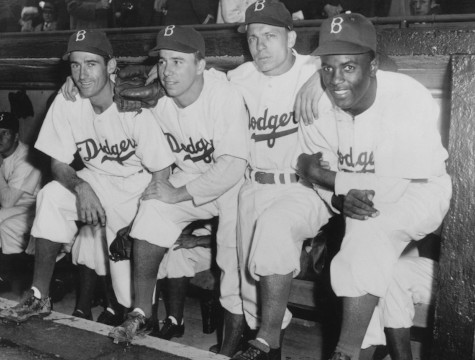
Jackie's Story
04/01/2025
On April 15, 1947, Jackie Robinson became the first Black player in the modern age of the major leagues. But for Brooklyn’s new first baseman, it was “just another game.”
READ MORE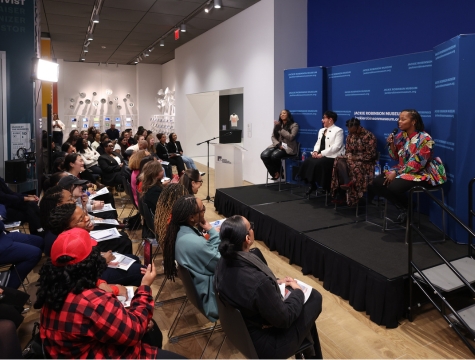
Programs & Events
03/25/2025
Catch up on the Museum’s winter events, including MLK Day, Leveling the Playing Field: Women in Basketball, Jackie Robinson and Black Baseball, and hosting NYC Public School educators.
READ MORE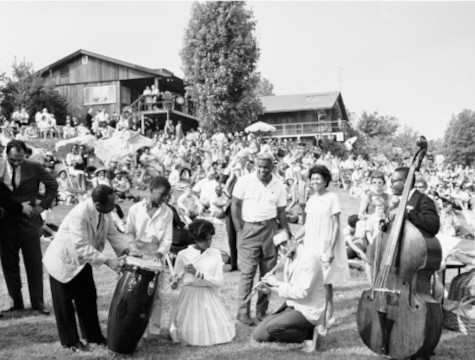
Jackie's Story
02/03/2025
Jackie and Rachel Robinson were lovers of jazz. In 1963, they channeled their appreciation for great music into support for the ongoing fight for racial equality.
READ MORE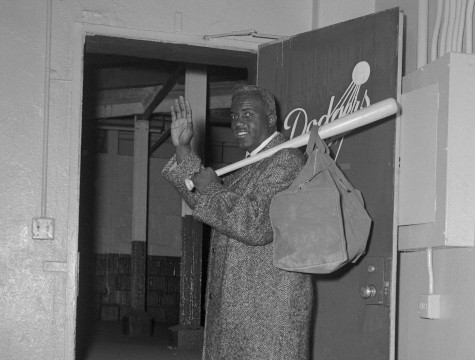
Jackie's Story
01/03/2025
At the beginning of 1957, Jackie Robinson announced his retirement from baseball. How he did so earned him both friends and enemies.
READ MORE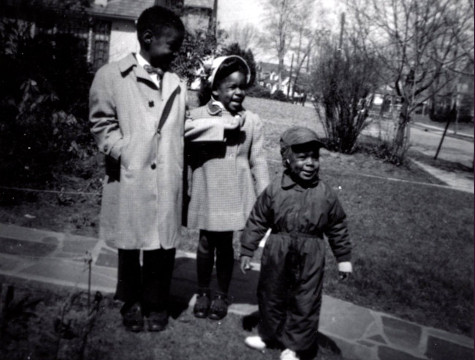
Jackie's Story
11/27/2024
In 1949, Jackie and Rachel Robinson moved to the Addisleigh Park section of the St. Albans neighborhood in Queens, a vibrant hub for notable Black New Yorkers.
READ MORE